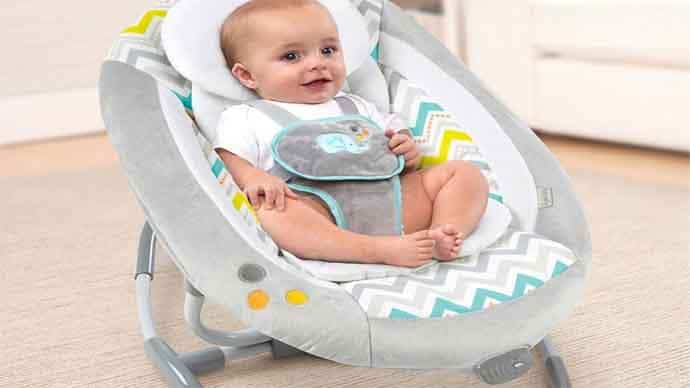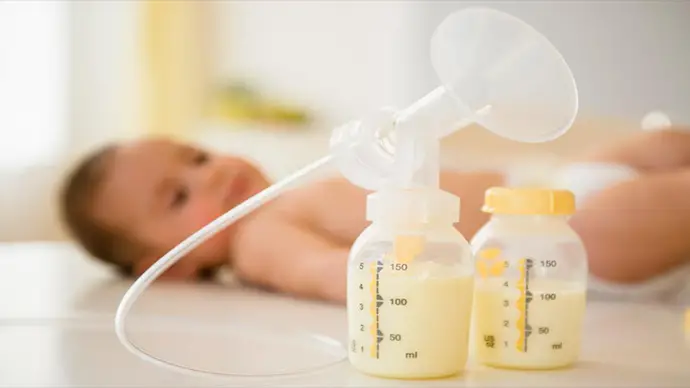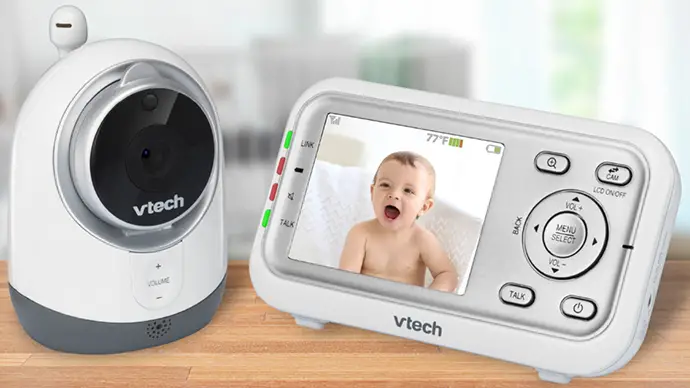As a new parent, you’re bound to be concerned about your baby’s delicate skin. With so many skin conditions that can affect newborns, it’s important to be able to differentiate between them. Two common skin conditions that parents may come across are baby acne and milia. While they may look similar, understanding the differences between the two can help you manage and treat them effectively.
In this section, we’ll take a closer look at baby acne and milia, exploring their characteristics, causes, and treatment options. By the end of this section, you’ll be equipped with the knowledge you need to identify and manage these common newborn skin conditions.
Key Takeaways
- Baby acne and milia are both common skin conditions that can affect newborns.
- While they may look similar, baby acne presents as red bumps or pimples, while milia are small, white bumps.
- Baby acne typically appears within the first few weeks after birth, while milia can appear at any time.
- Both conditions are usually harmless and resolve on their own, but there are safe and effective treatment options available.
- If you have any concerns about your baby’s skin, it’s always best to consult with a healthcare professional for guidance and reassurance.

What is Baby Acne?
If you’re a new parent, you may be surprised to find that your newborn has a case of what appears to be acne. Don’t worry, though; it’s a common skin condition known as baby acne, neonatal acne, or infant acne.
Baby acne is characterized by small red bumps or pimples on the baby’s face, usually appearing within the first few weeks after birth. It’s most common on the cheeks, chin, and forehead but can also occur on the back and chest. While it may look unpleasant, rest assured that baby acne is harmless and will usually clear up on its own within a few weeks to a few months.
It’s not entirely clear what causes baby acne, but it’s believed to be related to the hormonal changes that occur during pregnancy and birth. In some cases, baby acne may be aggravated by irritants such as saliva, milk, or fabric softeners.
If your baby has baby acne, it’s essential to keep the affected area clean and dry. Avoid using harsh soaps or scrubs, as these can further irritate the skin. Instead, gently wash your baby’s face with warm water and a mild soap, and pat dry with a soft towel.
In rare cases, baby acne may be accompanied by other symptoms, such as a fever or rash, which could indicate a more severe condition. If you’re concerned about your baby’s skin, don’t hesitate to contact your healthcare provider for advice.
What are Milia?
If you’ve noticed small, white bumps on your baby’s face, it could be milia. These harmless bumps, also known as “milk spots,” are a common skin condition that affects many newborns. Milia typically appear on the nose, cheeks, forehead, and chin, and can last for a few weeks or several months.
Milia are caused by dead skin cells becoming trapped in tiny pockets on the surface of the skin. Unlike baby acne, milia are not red or inflamed, and they do not cause any discomfort for your baby. While milia can be unsightly, they are not a cause for concern and generally do not require treatment.
If you’re unsure whether the bumps on your baby’s skin are milia or another condition, such as baby acne, consult your pediatrician or healthcare provider for an accurate diagnosis. They can also offer advice on how to care for your baby’s delicate skin and recommend any necessary treatment options if required.
How to Distinguish between Baby Acne and Milia
Differentiating between baby acne and milia can be a challenge because they look similar, but there are a few key differences to keep in mind.
Baby Acne
Baby acne is characterized by small, red bumps or pimples. These bumps are often surrounded by reddish skin and can appear on the face, neck, and back.
Here are the distinguishing features of baby acne:
- Red or pink bumps or pimples
- May be surrounded by reddish skin
- Can appear on the face, neck, and back
- May have pus-filled pimples
Milia
Milia are tiny, white bumps that can appear on a baby’s face, typically on the nose or cheeks. Unlike baby acne, milia are not red or inflamed.
Here are the distinguishing features of milia:
- Small, white bumps
- Often appear on the nose and cheeks
- Not red or inflamed
If you are unsure whether your baby has baby acne or milia, you can consult a pediatrician or dermatologist for a diagnosis.
Treating Baby Acne and Milia
Most cases of baby acne and milia resolve on their own without treatment. However, there are some measures you can take to alleviate symptoms and promote healing.
Baby Acne Treatment:
If your baby has acne, avoid using any creams or oils on their face, as this can worsen the condition. Instead, try the following:
- Gently clean your baby’s face with warm water and a mild soap
- Dab their skin dry with a clean towel
- Avoid scrubbing the affected areas
In severe cases of baby acne, your pediatrician may recommend a medicated cream or lotion to help reduce inflammation.
Milia Treatment:
Milia typically do not require treatment and usually disappear on their own within a few weeks. If you’re concerned about your baby’s milia, speak with your pediatrician. They may recommend the following treatments:
- Gently clean your baby’s skin with a mild soap and warm water
- Do not attempt to pop or squeeze the milia
- Avoid using any creams or oils on their face
- If the milia persist, your doctor may remove them using a sterile needle or special tool
Infant Skin Care:
Whether your baby has baby acne, milia, or both, proper skincare is essential in promoting healthy skin. Here are some tips to keep your newborn’s skin healthy:
- Use mild, fragrance-free soaps and shampoos
- Avoid harsh chemicals and scrubs
- Dress your baby in loose-fitting, breathable clothing
- Keep your baby’s skin clean and dry
- Limit their exposure to direct sunlight
By following these tips and being mindful of your baby’s skin, you can help prevent and manage baby acne and milia.
Potential Complications and When to Consult a Doctor
While baby acne and milia are generally harmless conditions, there are rare instances where complications may occur. In most cases, these complications will resolve on their own with time, and medical treatment is not necessary.
However, if you observe any of the following signs, it may be an indication to consult your healthcare provider:
- Severe, persistent baby acne or milia that do not resolve after several weeks
- Large, painful bumps that may signal an infection
- Bumps that ooze pus or fluid
- Bumps that are hot to the touch or cause a fever
- Any other unusual symptoms that seem out of the ordinary
If you have any concerns about your baby’s skin, don’t hesitate to seek medical advice. Consulting a doctor or pediatric dermatologist can provide reassurance and guidance, ensuring your baby receives the care they need to stay healthy and comfortable.
Conclusion
Caring for a newborn can be a challenging but rewarding experience, and understanding the complexities of newborn skin conditions such as baby acne and milia is essential for parents. By knowing the causes, symptoms, and treatment options for each condition, you can provide the best care for your baby’s delicate skin.
Remember, both baby acne and milia typically resolve on their own without treatment. However, if you notice any concerning symptoms or complications, it’s always best to seek medical advice from a healthcare professional.
With the right care and attention, you can help keep your baby’s skin healthy and free from any discomfort. We hope this guide has provided you with the information you need to confidently manage baby acne, milia, and other common newborn skin conditions.


![Can I Eat Ice Cream While Breastfeeding?[Answered]](https://www.newmomstuff.com/wp-content/uploads/2021/07/mom-eating-ice-cream.jpg)

